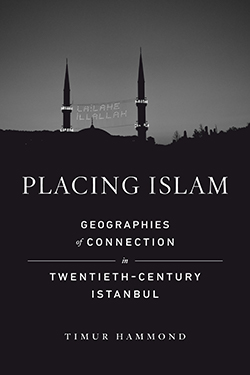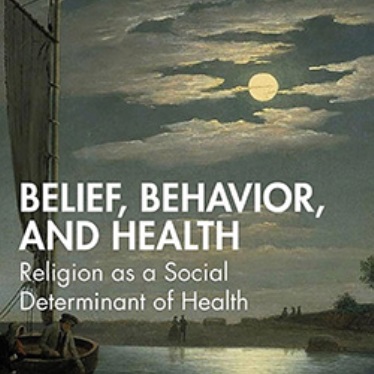Placing Islam: Geographies of Connection in Twentieth-Century Istanbul
Timur Hammond
University of California Press, May 2023

Timur Hammond, assistant professor of geography and the environment, has written “Placing Islam: Geographies of Connection in Twentieth-Century Istanbul” (University of California Press, 2023).
In the book, Hammond argues that the geographies of Islam are better understood by thinking in terms of place and place-making. To develop this argument, Hammond follows the practices of storytelling and building projects from the last years of the Ottoman Empire until the early 2010s, providing an account of urban religion in Istanbul while offering opportunities to reconsider how the changing cultures of Islam in Turkey and beyond are understood.
Hammond is a senior research associate for the Middle Eastern Studies Program and the South Asia Center. His specialties include cultural geography, urban geography, geographies of memory, Turkey and the Middle East. He received a Ph.D. from the University of California, Los Angeles in 2016.
From the Publisher:
For centuries, the Mosque of Eyüp Sultan has been one of Istanbul’s most important pilgrimage destinations, in large part because of the figure buried in the tomb at its center: Halid bin Zeyd Ebû Eyûb el-Ensârî, a Companion of the Prophet Muhammad. Timur Hammond argues here, however, that making a geography of Islam involves considerably more. Following practices of storytelling and building projects from the final years of the Ottoman Empire to the early 2010s, Placing Islam shows how different individuals and groups articulated connections among people, places, traditions, and histories to make a place that is paradoxically defined by both powerful continuities and dynamic relationships to the city and wider world. This book provides a rich account of urban religion in Istanbul, offering a key opportunity to reconsider how we understand the changing cultures of Islam in Turkey and beyond.
Published in the Spring 2023 issue of the Maxwell Perspective
Related News
Commentary

Oct 30, 2025
Commentary

Oct 13, 2025
Research

Oct 7, 2025
Research

Oct 7, 2025